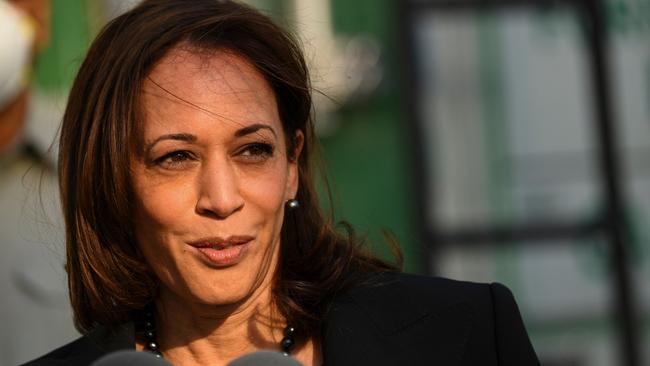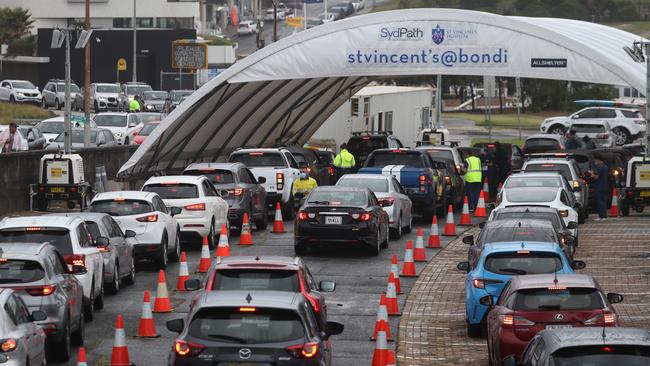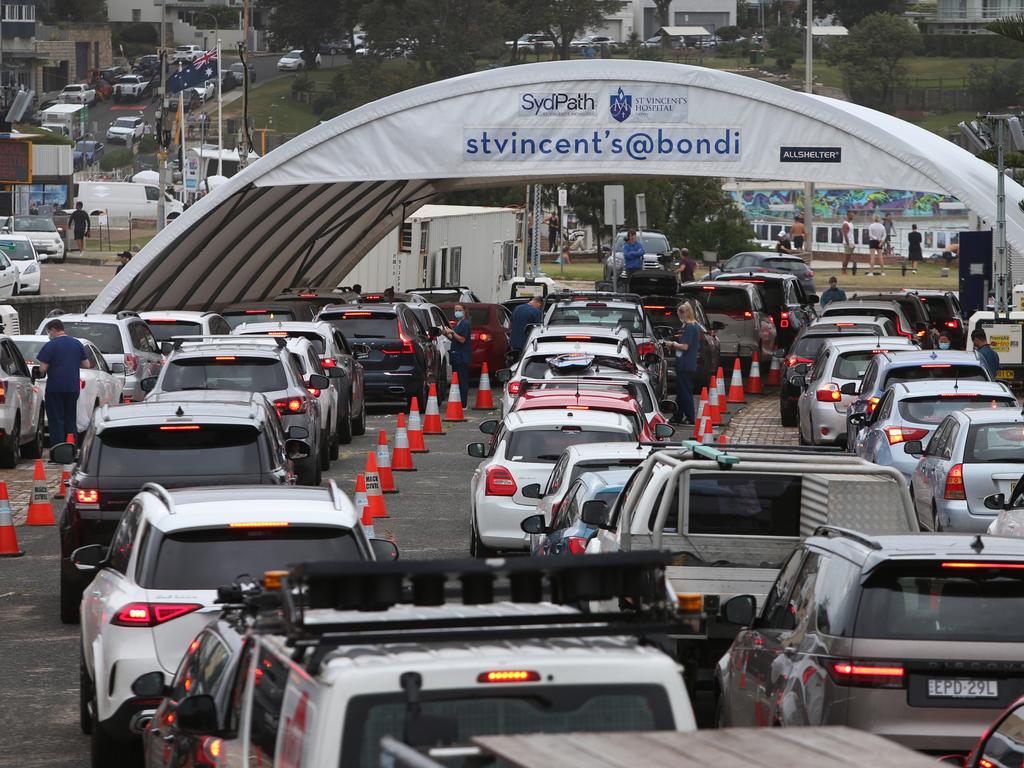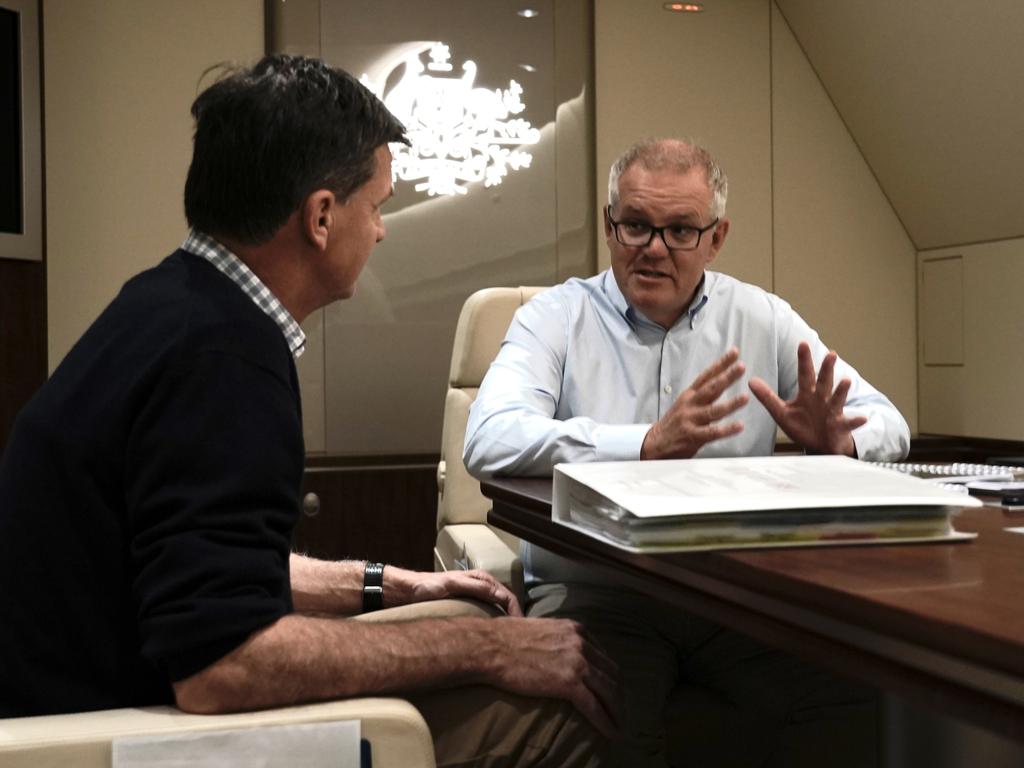
Much political reporting of the Covid-19 pandemic by the ABC and Guardian has been catastrophist, with the media outlets seldom acknowledging Australia has done better than most of the world with 120 deaths per million of population since the start of the pandemic, compared with more than 2600 per million in the US and more than 2000 in much of western Europe.
Writing in the WSJ on January 8, Jenkins ridiculed as “worry porn” the over-hyping by the US left media of the anniversary of the storming of Washington’s Capitol building by supporters of former US president Donald Trump on January 6, 2021. Our own ABC treated the anniversary as if it really did mark history’s greatest threat to US democracy.
US Vice President Kamala Harris launched into rhetorical “hyper-drive”, claiming the Capitol march was worse than the Japanese bombing of Pearl Harbour in December 1941.
The US lost more than 2000 military personnel in the Pearl Harbour attack.

In Washington last year, one law enforcement officer died of stroke the day after the protest. One protester, a female former air force veteran, was shot dead. Another died of a drug overdose and two of heart attacks. Pearl Harbour it most certainly was not.
Journalistic “worry porn” allows the media to profit from the clicks of consumers who love to read this kind of confirmation bias. In Australia, journalists, politicians and media consumers of the left seem to have a ravenous appetite for stories suggesting the federal government has bungled its pandemic response for the past two years.
According to the industry super fund owned New Daily, the government’s poor performance is down to “neoliberalism”. This charge ignores the fact the Morrison government is running the largest deficits in our history, and a bit more “neoliberalism” might help differentiate the conservative side of politics.
Still, the government does give the appearance of being slow to act as circumstances change, and of repeatedly failing to learn the same lessons. For example, after more than 600 deaths in aged care in Victoria in the winter of 2020, the federally regulated sector should have been on the front foot last winter and again with booster vaccines during this summer’s Omicron wave. Yet federal Aged Care Minister Richard Colbeck seems unable to anticipate anything about a sector in which 1124 residents have died with Covid since March 2020, almost half the national toll.
After rare blood clots associated with the AstraZeneca vaccine proved disastrous to the timing of the vaccine rollout in 2021, national cabinet and the states took until the last week of the year to agree to reduce to three months the wait between second vaccine doses and third booster shots needed to limit Omicron breakthrough infections. Ditto federal and state governments’ apparent dithering on official support for rapid antigen tests.

This column suggested in May last year that part of the issue was the overly cautious approach of the nation’s medical establishment, and particularly ATAGI (the Australian Technical Advisory Group on Immunisation). Here’s the problem: as the media and political left chant that governments should never ignore the science, how do political leaders deal with scientific advisers who can be slow and sometimes just plain self-interested?
The Australian Financial Review, in an editorial and in reporting by Aaron Patrick and Jill Margo, has done a good job fleshing out the issue – indeed a much better job than our politicians who seem flat-footed trying to explain the problems to voters.
Patrick, in a fascinating piece on January 12, analysed the role of the influential OzSAGE group that advocates extreme health measures and virus elimination. Its members are often at odds with national and state chief medical officers.
OzSAGE members Kerryn Phelps and Raina MacIntyre are prominent on the ABC, and the wider OzSAGE group clearly influences the opinions of ABC health reporter Norman Swan.
On January 11, Margo reported the Royal College of Pathologists of Australia had between October 2020 and December 2021 released “five media statements to caution the public about RATs”.
“In its promotion of PCR testing, the college was doing what was scientifically correct to control the virus in a country with a low prevalence of cases. Unfortunately it was talking down RATs which were playing an important role in other countries and could become important in Australia too,” Margo wrote.
How would critics in the media have reacted had Morrison and the premiers ignored such advice? Truth is medical and political leaders cannot know what they do not know until a situation changes. With Delta in the ascendancy throughout November and much of December there was little reason to foresee the swamping of PCR testing with the arrival of the just-discovered Omicron variant.
The AFR on January 12 editorialised “opposition to allowing the use of less sensitive RATs is another example of the medical establishment’s failure to appropriately weigh the trade-offs between health outcomes and wider societal benefits”.
This is the sort of analysis of a political problem that is missing from the national broadcaster as senior journalists there unleash their personal hatred of Morrison, and reporters simply give voice to every interest group with a complaint.
“Worry porn’’ certainly applied to much of the reporting about a hot day at Onslow in Western Australia. In much of the media, every hot day is used to bang the climate change drum.
Yet, several experts were willing to point out that the 50.7C recorded at Onslow on January 13 had been equalled on January 2, 1960, in Oodnadatta in South Australia. Temperatures over 50C had also been recorded in Wilcannia, NSW, in 1939, Oodnadatta again on January 3, 1960, and at Mardie Station in WA in 1998.
But the actual highest recorded temperature in Australia, though no longer officially recognised by the Bureau of Meteorology, was 53.1C at Cloncurry in Queensland on January 16, 1889.
Retired meteorologist William Kininmonth, who ran the BOM’s national climate centre for 12 years, refers to a graph of maximum mean temperatures back to 1887 that clearly shows “the early 1900s were hotter than recent decades”.
“Worry porn” generates consumer interest and is easier than hard-nosed reporting. It’s also much more exciting for activist reporters who want to change the world. Who wants to bother with digging out difficult facts when you can earn “likes” on social media just for writing about your fears?








The Wall Street Journal’s Holman W. Jenkins uses the term “worry porn” to describe what this column has called “catastrophist” journalism – the sensationalising of every story.